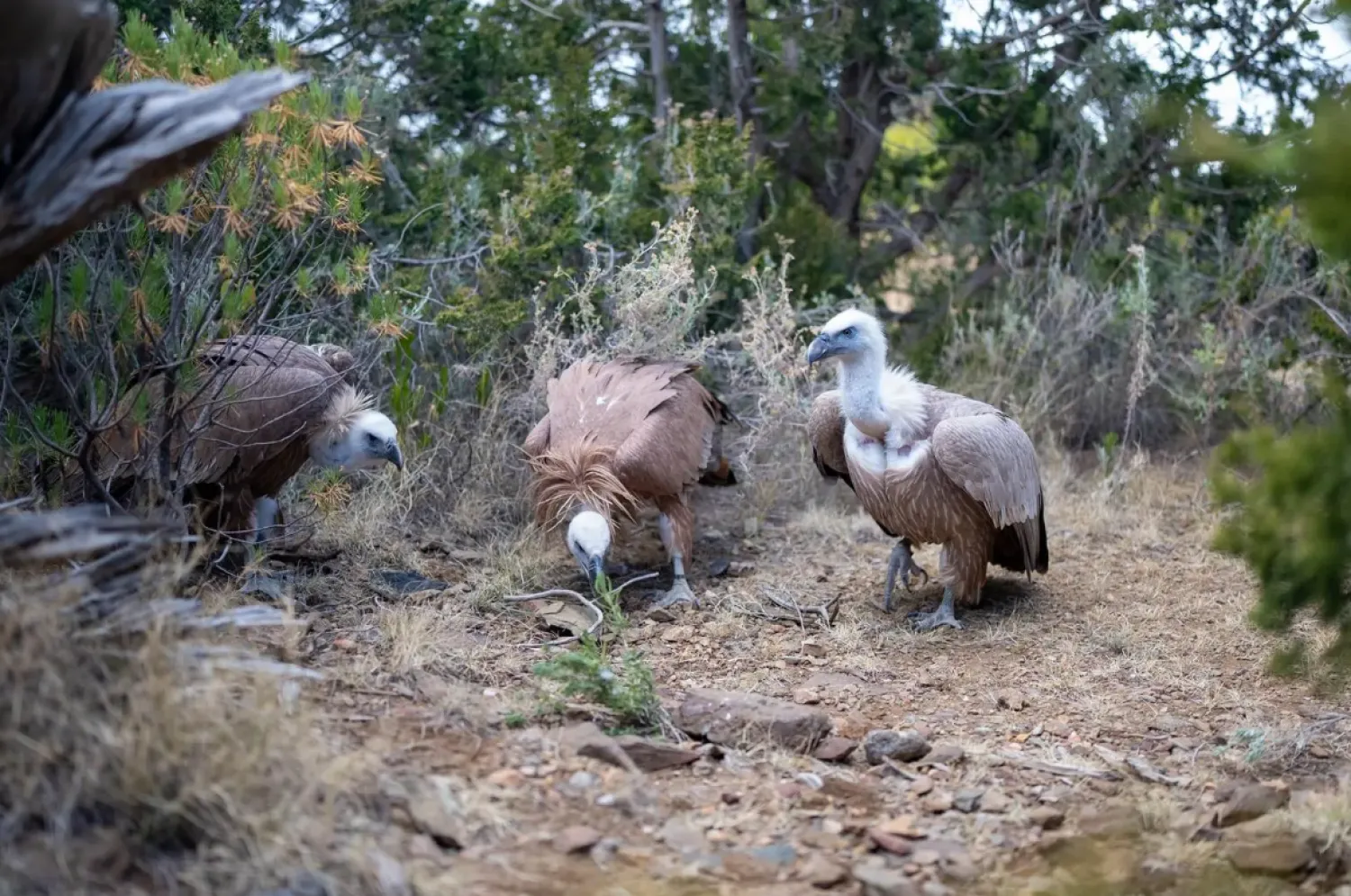After a decade of discussions, officials in Florida have voted to allow the first test in the United States of free-flying, genetically modified mosquitoes that kill any female offspring, as a way to fight the pests and the diseases they spread.
The decision came after about two hours of contentious testimony in a virtual public hearing on August 18. Many speakers railed against uncertainties in releasing genetically engineered organisms. In the end, though, worries about mosquito-borne diseases proved more compelling.
On the day of the vote, dengue fever cases in the Florida Keys islands totaled 47 so far in 2020, the first surge in almost a decade.
The same mosquitoes known for yellow fever (Aedes aegypti) also spread dengue as well as Zika and Chikungunya. The species is especially hard to control among about 45 kinds of mosquitoes that whine around the Keys.
According to a report by the Science News website, the genetically modified mosquitoes plan will kick off in January, 2021. Florida workers will set out boxes of eggs of specially bred male yellow fever mosquitoes. The eggs will grow into normal-looking males, and like other male mosquitoes, they drink flower nectar, not blood.
Then planners hope that during tests, these Oxitec foreigners will charm female mosquitoes into mating. A bit of saboteur genetics from the males will kill any female offspring resulting from the mating, and over time that should shrink the swarms. Sons that inherit their dad's no-daughter genes will go on to shrink the next generation even further.
By now, Oxitec has supplied some billion saboteur male mosquitoes for release elsewhere around the world, especially in Brazil, where Zika can flare up and dengue is common.
The company believes that its successful trials in other regions around the world are a sufficient response to the objections surrounding its project. No potential harms on humans or environment have been observed in the locations where genetically modified mosquitoes were launched.









